For more than 10 years, Irene Santillan and her family lived in a shanty that stood on stilts just above the water near the bank of Parañaque River that drains into the Manila Bay.
There were no toilet facilities or accessible sources of flowing clean water. It was Irene’s task to fetch water in pails from a deep well about a kilometer away. Along with all the other families whose crudely built houses lined up the riverbank, Irene and her household members defecated right into the river, or worse, into plastic bags that they carelessly threw into this body of water. Irene loathed the rainy season when her family’s shanty would sway with the dirty water that forced its way inside her home during typhoons, along with the whole neighborhood’s wastes and garbage including their own. Her family would temporarily relocate to the barangay hall but upon their return they would find wastes stuck to the walls and the floor, with their heavy stench lingering even after Irene had scrubbed the whole shanty with brush and soap.
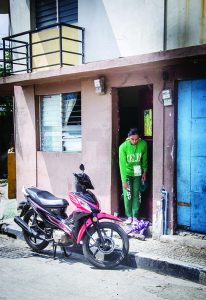
The sad predicament of Irene’s family ended three years ago when it was chosen for relocation to nearby Rotary Homes where 146 housing units stand in rows between cemented roads. Each unit has a concrete toilet with flowing water connected to an underground sewage system. Though they constitute the integral and fundamental constructions at Rotary Homes, the housing units are not the only structures in this community. There is a multi-purpose hall where values formation and livelihood training, meetings, and worships are held; a professionally run preschool; and a two-storey building that houses a clinic, a library, computers, and a corner where Rotarians and their families visit for feeding programs, lessons on nutrition, or book-reading. There are even provisions for recreational activities such as a basketball court and a playground.
Rotary Clubs hold medical, dental, and optical missions every six months or so, and treat the families to a festive Christmas party in December.
During her years at the riverbank, Irene sold coffee, bread, and drinks from a small table to supplement her husband’s income from stevedoring at the dock, unloading fish from boats at midnight. Her older son stopped studying for two years to help with his father’s work.
When they transferred to Rotary Homes, Irene found an opportunity to be employed by the government as a street sweeper at the dock where her husband keeps on with his stevedoring business. Her older son, now 18, has even gone back to school.
Life has been better and continues to improve. Irene’s husband now owns a sidecar, a second-hand motorcycle that allows him to earn more and even afford a second-hand washing machine.
Although Rotary Homes has saved the lives of about a thousand individuals like Irene who used to pollute the Paranaque River, there are still thousand others who need homes away from the defiled waterway which in itself, likewise, needs to be saved. The Rotary Club of Manila recently bestowed the prestigious award of Best Service Project in the Philippines on Rotary Homes, in recognition of its well-rounded approach towards helping the poor and saving the environment.
This story was published in the September 2019 issue of the Philippine Rotary magazine.

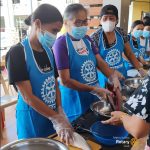
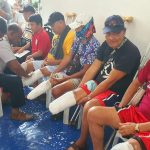
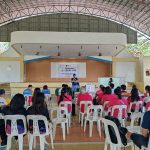
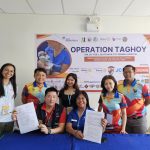
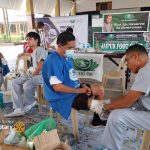


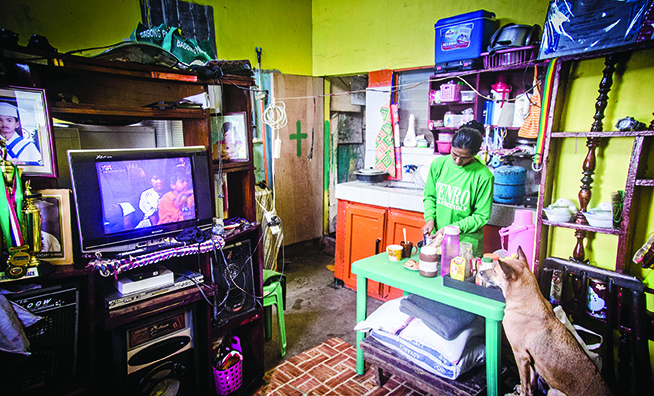
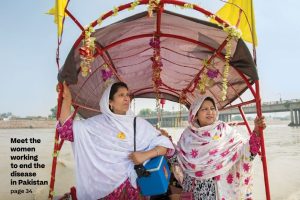




Add Comment